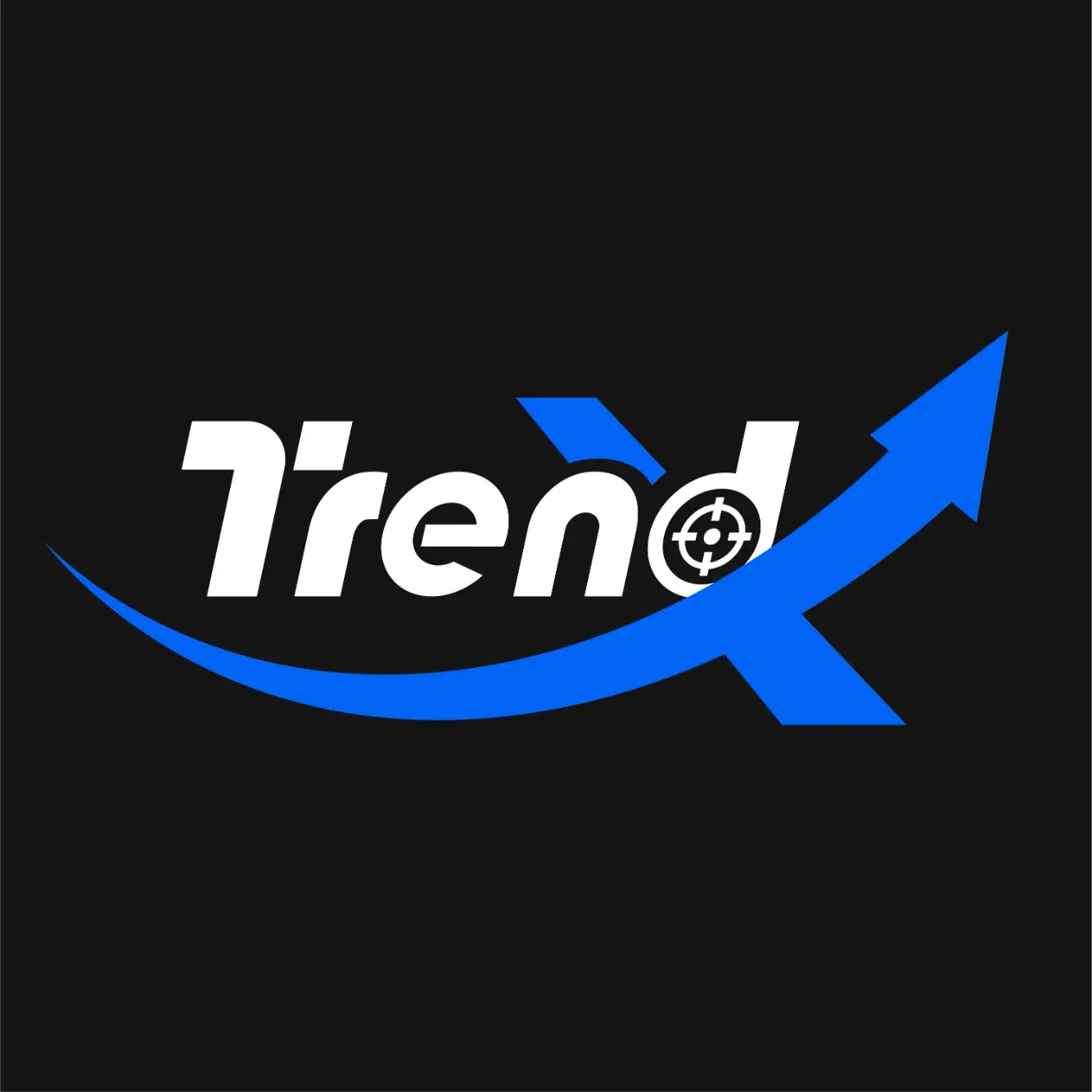Understanding Layer3 Network Narrative Through the Hot Rise of DEGEN Chain
Author: TendX
As of April 1, data shows that in just the past 24 hours, the L3 chain DegenChain, which launched only four days ago, has recorded over 27,200 independent transactions, with a transaction volume nearing $100 million. The highest price during the day exceeded $0.06, and DEGEN has surged over 40 times in the past half month. The market capitalization of the Degen project has also surpassed $1 billion in just three months, and its platform Farcaster is breaking user activity records, demonstrating its rapid growth momentum. The market is also signaling increasing excitement for L3 networks like DEGENChain.
However, while the market is buzzing with excitement for L3 networks, this phenomenon has sparked ongoing controversy within the community. PolygonLabs CEO Marc Boiron expressed his dissatisfaction with third-layer (L3) networks, stating that their existence is taking away value from Ethereum. This viewpoint was also echoed by HelusLabs CEO Mert Mumtaz, who believes that L3 should be characterized as essentially centralized servers, positioning them alongside other centralized servers (L2) controlled by multisigs.
With the popularity and influence of DegenChain expanding, the narrative around L3 networks has gained sufficient attention on the stage. This article will focus on Layer 3 networks, from basic conceptual education to an analysis of DEGEN's success, and will share several well-known Layer 3 projects to explore this opportunity-filled blue ocean together.
History of Blockchain Network Solutions Development
Before understanding Layer 3 networks, it is important to grasp Layer 1 and Layer 2 blockchains.
Layer 1 refers to the foundational layer of blockchain networks. Common examples of Layer 1 include Bitcoin, BSC, Ethereum, etc. Layer 1 blockchain networks provide the foundational infrastructure for developing dApps, allowing developers to create layers for transaction settlement and verification for smart contracts, dApps, and other blockchain layers. Another important highlight of Layer 1 blockchains is that they do not rely on any other networks. As projects on Layer 1 proliferate, the network cannot handle the increasing execution and computational load brought about by rapid ecological development, leading to high transaction costs in congested public chain environments. Thus, Layer 2 emerged, promising reduced costs and expanded capacity.
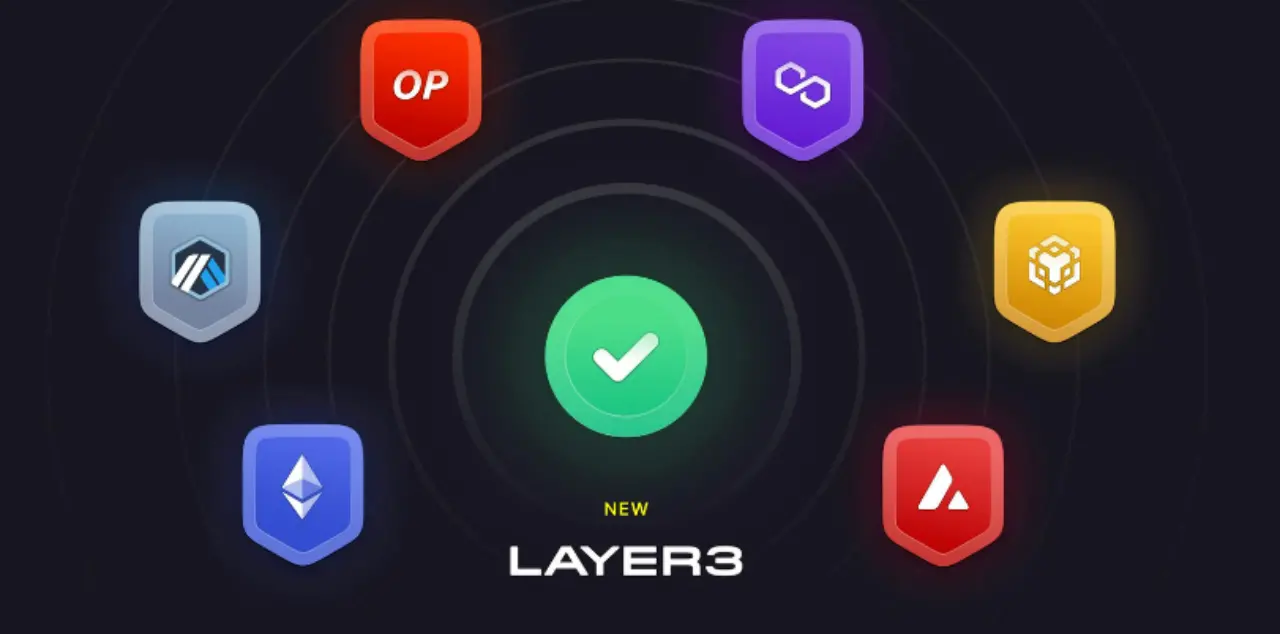
Layer 2 networks are a key component in the development of blockchain and Web3 landscapes. Common examples of Layer 2 include Arbitrum, Optimism, Polygon, etc. The basic optimization logic of Layer 2 is to separate and layer the functions of public chains, leaving the consensus mechanism that provides security on Layer 1 while delegating computation and execution to Layer 2, making the public chain the settlement layer for Layer 2, which is easier to implement and operate compared to cross-chain and sharding mechanisms. While maximizing operational efficiency under a decentralized model, Layer 2 still falls short in highly customized application scenarios and interoperability between protocols, which is where Layer 3 comes into play.
Layer 3 scaling solutions are the next upgrade and improvement over Layer 2. Ethereum founder Vitalik summarized the practical applications of Layer 3 by stating: "L2 is for scaling, L3 is for customizable scaling, which precisely aligns with the special scenarios users use and the application directions preferred by developers. At the same time, L3 has weak trust expansion characteristics, leaving data availability to trusted third parties or committees, further ensuring user privacy and usage security." Additionally, Layer 2 solutions cannot facilitate communication between different protocols. Users seek interoperable protocols and cross-chain dApps that allow them to move seamlessly across the entire decentralized service environment. The application scenarios for Layer 3 solutions are clear, and the demand has become urgent.
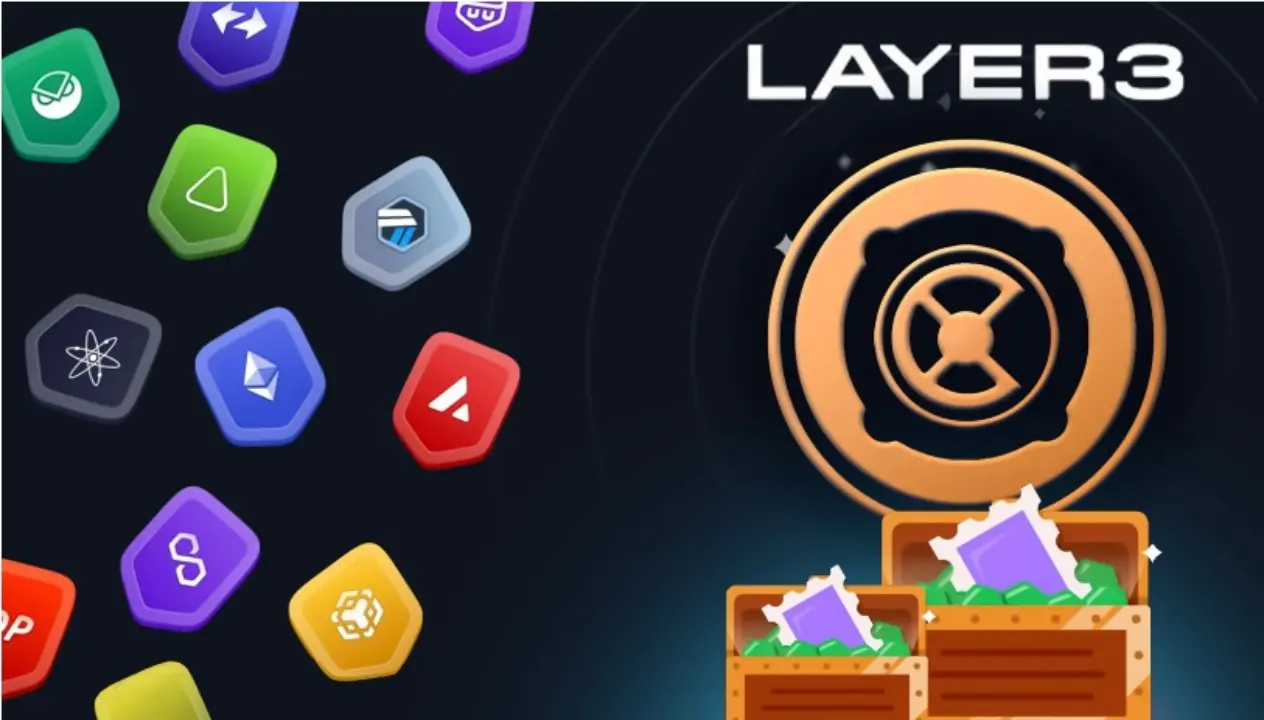
The Rise of L3 Chain DEGEN
Degen was launched on the Degen channel on Farcaster in January 2024, distributing tokens among builders, content creators, and users. It has reshaped the Farcaster ecosystem, allowing Casters to reward quality content creators with DEGEN tokens. As of April 1, the DEGEN token has 83,000 holders, with over 553,000 transactions, and is rapidly growing.
DEGENChain is a custom L3 designed for the Degen community, allowing for new attempts in tipping, community rewards, payments, gaming, and more. Its behind-the-scenes team is Syndicate, which collaborates with several providers such as Conduit, Decent, and Airstack to enhance convolution, bridging, and data APIs. It is built using Arbitrum Orbit, settles using Base, and provides data availability through Arbitrum AnyTrust, ensuring low costs and scalability. This effort marks an important step forward for EVM-compatible third-layer solutions, aiming to expand the scope of community rewards, tips, and payments. Notably, DEGENChain is unique in that the DEGEN token also serves as the native gas token of the chain, making it a pioneer among community tokens with its own L3.
Unique factors contributing to its rise:
Innovative Airdrop and Tipping Mechanism: DEGENChain has introduced a unique airdrop mechanism that allocates rewards based on user activity and participation, incentivizing users to create and share high-quality content while promoting the circulation and value growth of DEGEN tokens. Since January, Degen has rapidly gained popularity in the Farcaster community through quality tipping activities, where community members can tip their favorite quality content in the form of comment counts + DEGEN. The airdrop amount is calculated each season based on the total tips received by users, so users need to post good content on Farcaster to receive tips, with many active users receiving tips worth thousands of dollars daily.
Community-Driven Development: DEGENChain originated from the Farcaster community, and the active participation of this community provides a solid foundation for DEGENChain. Community members interact by tipping quality content creators using DEGEN tokens, greatly enhancing community cohesion and activity.
Diverse Application Scenarios: DEGENChain is not limited to a single application but expands the application scenarios of its tokens through collaborations with multiple projects and DApps, such as Drakula and DegenCast. This diversification strategy allows DEGEN tokens to be utilized across different platforms and applications, increasing their practicality and appeal.
The decentralized TikTok on the Base chain, Dracula, launched on March 14, using DEGEN tokens as its currency, allowing users to purchase their favorite creators, adding scenarios and value to the application of DEGEN tokens.
Angel Round Financing Provides Financial Support: In February, Degen announced the completion of an angel round financing of 490.5 ETH (approximately $1.47 million), which will be used to develop the Degen ecosystem and community. Some shares were allocated to community projects like Drakula, laying the groundwork for Degen's utility.
Unique Market Positioning: DEGEN Chain is positioned as a paradise for meme coins and experimental projects, which makes it stand out in the cryptocurrency space. It not only provides a testing ground for emerging projects but also offers investors high-risk, high-reward investment opportunities.
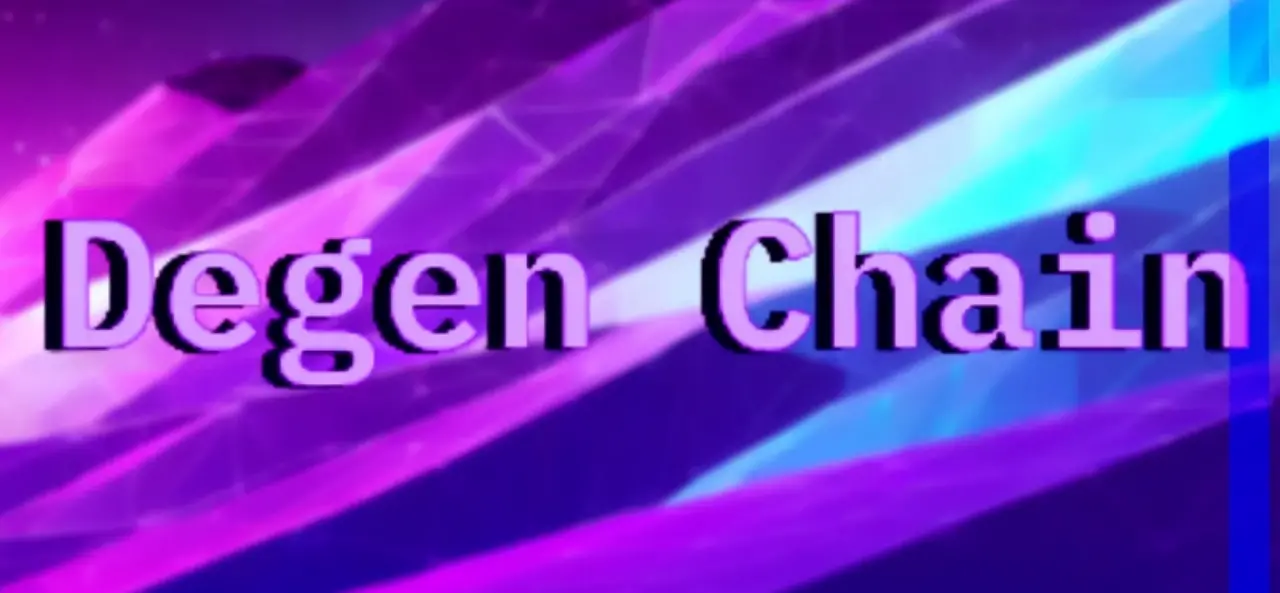
DEGEN Chain Ecosystem:
DEGENChain has quickly emerged as a vibrant and rapidly expanding platform within the Farcaster ecosystem, thanks to its community-first approach and innovative third-layer blockchain technology. In just the first week of its launch, developers have introduced multiple applications on DEGENChain, the most notable of which are:
DegenSwap: DegenSwap is the primary decentralized exchange on DEGENChain, facilitating the trading and swapping of various cryptocurrencies, playing a crucial role in the ecosystem's liquidity and user participation.
Memecoins: The popularity of various memecoins like $CET, $DINU, and $PURP has surged. These tokens not only attract attention but also encourage more users to bridge with DegenChain, promoting active market activity.
DegenChain is rapidly evolving into an on-chain Las Vegas, providing a sandbox for cryptocurrency developers to explore community engagement through tips, rewards, and games.
Notable Layer 3 Project Shares
- StarkWare Appchains:
It is StarkWare's Layer 3 solution, with StarkWare being one of the pioneers of Layer 2 solutions.
StarkWare Appchains offer high customization, allowing developers to choose different consensus mechanisms, data availability models, network configurations, and fee mechanisms according to their needs, and even issue their own tokens to collect fees. By using Appchains, dApps can achieve better performance and cost-effectiveness based on Starknet. Appchains allow for performance optimization, increased throughput, and provide powerful customized solutions for decentralized applications. They can also achieve lower transaction costs and greater scalability, offering users a better experience.
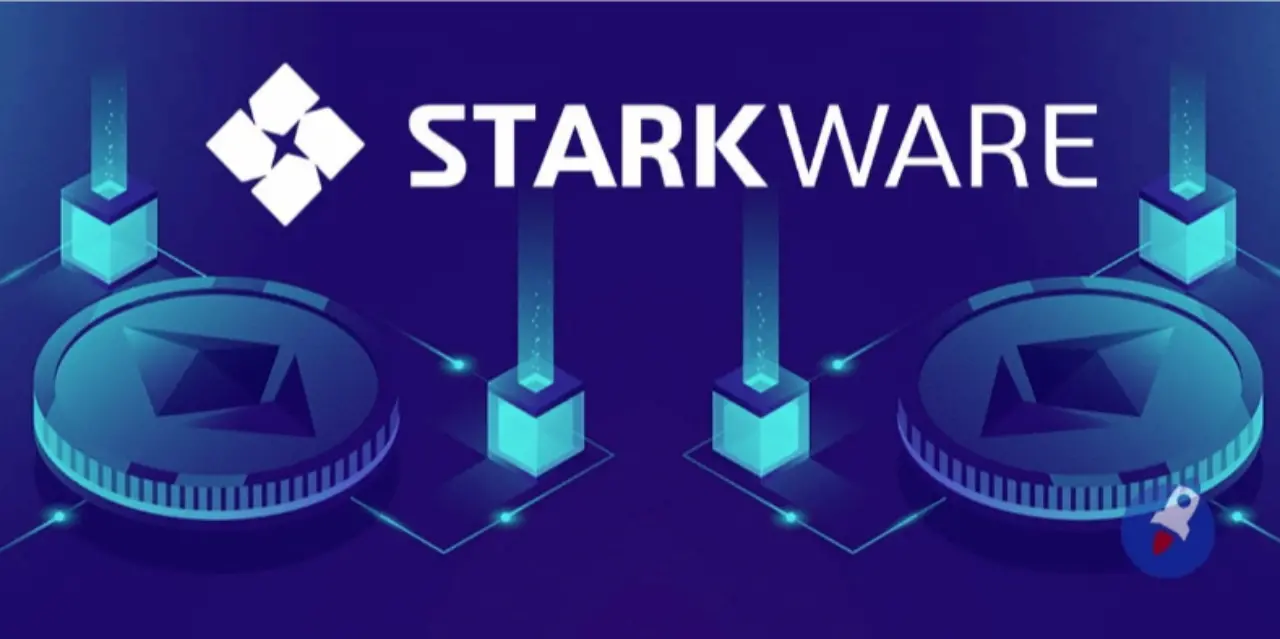
Related link: https://app.trendx.tech/project/b3d1b7b9127814e0a648bb431ed75e8ad46b5a03fa613d5fd53ea0897438f039
- NautilusChain:
It is a public chain launched by the Zebec community and is considered one of the latest Layer 3 system architectures in the industry. Supported by Layer 0 facilities like Celestia and Eclipse, Nautilus Chain aims to provide a parallelized, high-speed EVM Rollup scaling solution. Nautilus Chain features a modular chain design and enhances privacy through ZK Rollup technology. The project also plans to launch global activities to promote the Layer 3 concept and attract developer participation.
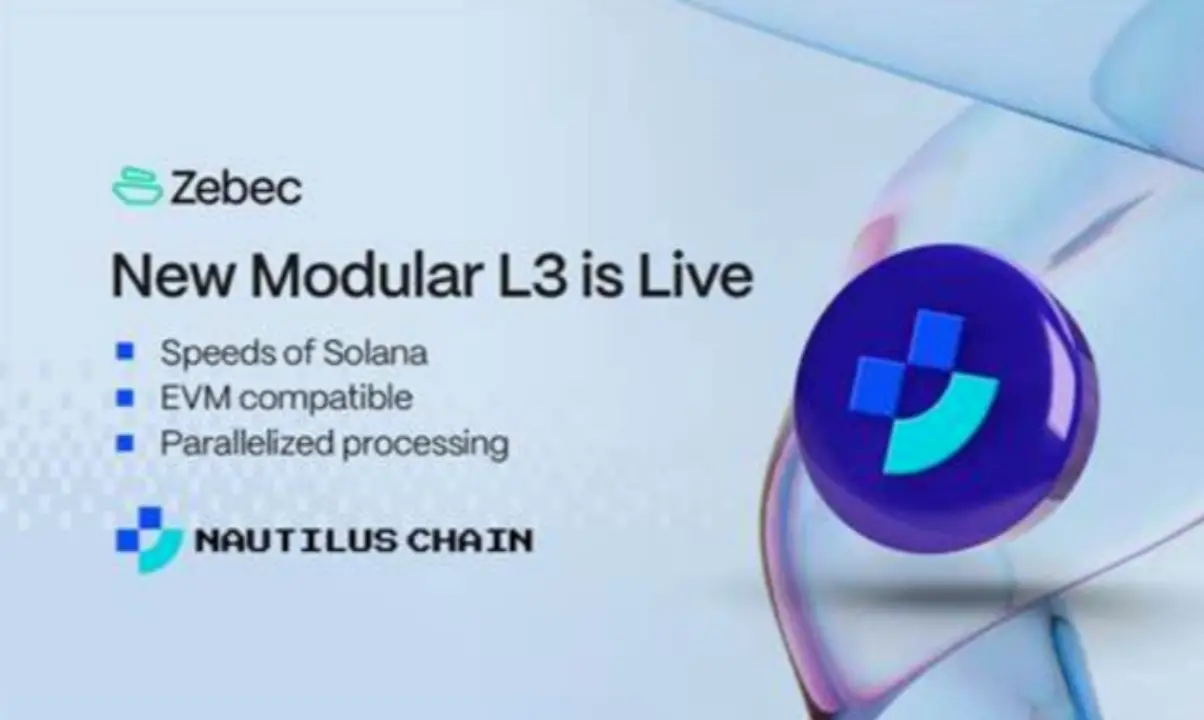
Related link: https://app.trendx.tech/project/710943a47cc850940d1f28f4bfc404d7db5014c65d611fe7a32db8e6e4baf640
- Arbitrum Orbit: It is a framework within the Arbitrum ecosystem that allows development teams to create and launch their own dedicated chains, which can be Layer 2 or Layer 3 chains, and settle them on Arbitrum's Layer 2 chains, such as ArbitrumOne, ArbitrumNova, or ArbitrumGoerli.
Arbitrum Orbit offers unparalleled customization capabilities, allowing developers to customize their gas tokens, privacy settings, permission controls, and more based on the specific needs of their projects. The Orbit chain utilizes the Arbitrum Nitro technology stack, which is currently the most advanced blockchain scaling technology, allowing the Orbit chain to benefit from future upgrades of the Nitro technology stack, including performance optimization, permissionless validation, and Arbitrum Stylus.
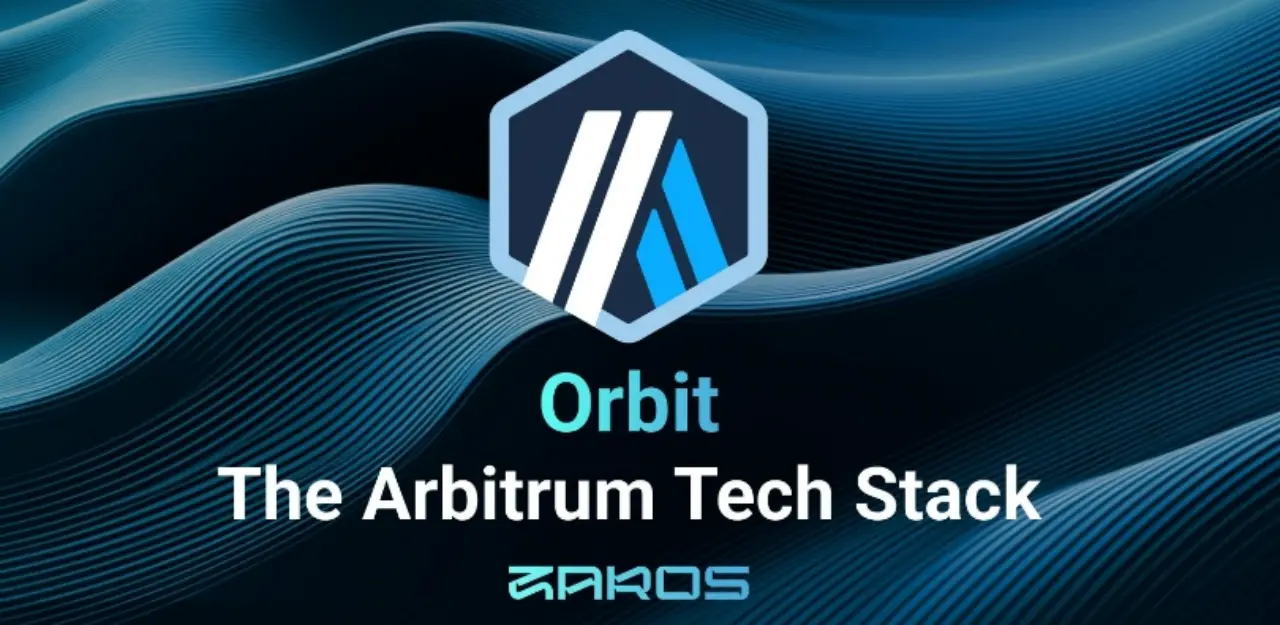
Related link: https://app.trendx.tech/project/9785883aeab585b9d12f9b24a06e1418ea0c08e0bf72582dbc2b598ddbe1f3aa
- zkSync HyperChain:
zkSync is a Layer 2 solution based on zero-knowledge proofs, and HyperChain is its proposed Layer 3 solution. zkSync HyperChain leverages zero-knowledge proof (ZKP) technology, a cryptographic method that allows one party (the prover) to prove to another party (the verifier) that a statement is true without revealing any information about the proof process. Unlike other solutions, zkSync HyperChain can inherit the full security of Ethereum because it uses ZK-rollups technology. This means that all transaction data will be verified on the Ethereum main chain, ensuring the same level of security as Ethereum. The goal of zkSync HyperChain is to achieve ultra-scalability, processing an unlimited number of transactions without marginal impacts on security or cost.
Related link: https://app.trendx.tech/project/3ec8ac45896ea13bc6929b44f2a9d9e0712057d1201823df5ec764c320054179
- DappLink:
This is a universal Layer 3 technology solution. DappLink adopts a modular and pluggable design, supporting different module plugins for social games, DeFi, and more. This design allows for the launch of different Layer 3 modules based on varying application scenarios to meet specific needs. The core technologies of DappLink include cross-chain interoperability protocols, Layer 3 reverse staking protocols, and Layer 3 AppChain. The cross-chain interoperability protocol supports a wide ecosystem, allowing assets to transfer between different chains; the Layer 3 reverse staking protocol ensures the operation and security of the Layer 3 AppChain node network.
Related link: https://bridge.dapplink.xyz/home
These projects are just a small part of the Layer 3 field, and many other projects are exploring and developing. With the development of blockchain technology and changes in market demand, we can foresee that more Layer 3 projects will emerge in the future to meet the needs of various industries and application scenarios. The emergence and development of Layer 3 projects mark progress in blockchain technology in addressing scalability, cost, and security issues. The emergence of new things is always accompanied by controversy and skepticism, but it is undeniable that this also further promotes the maturity and prosperity of the Web3 ecosystem.


